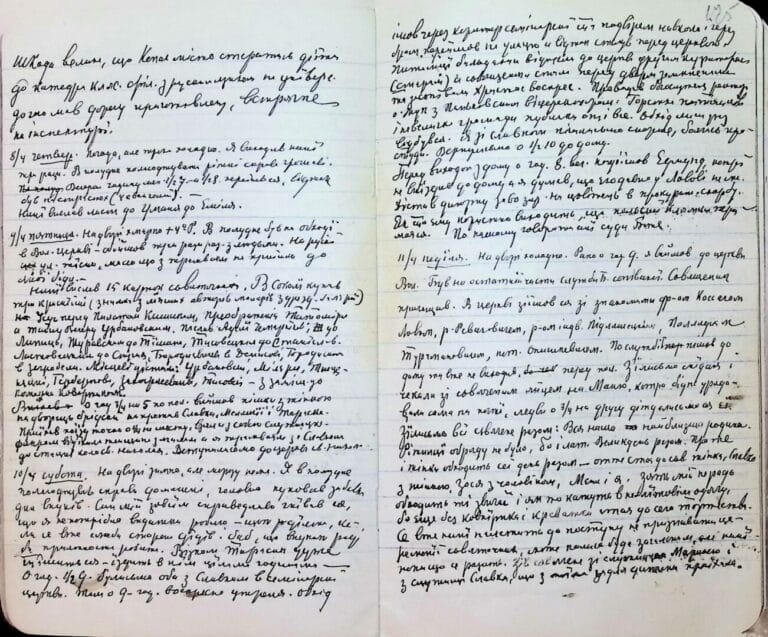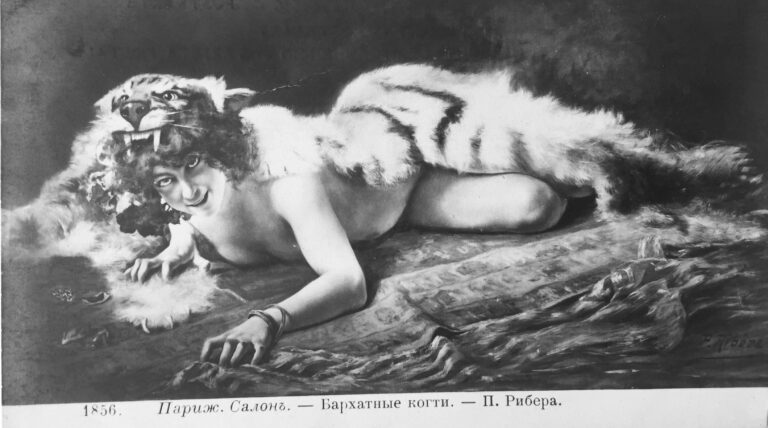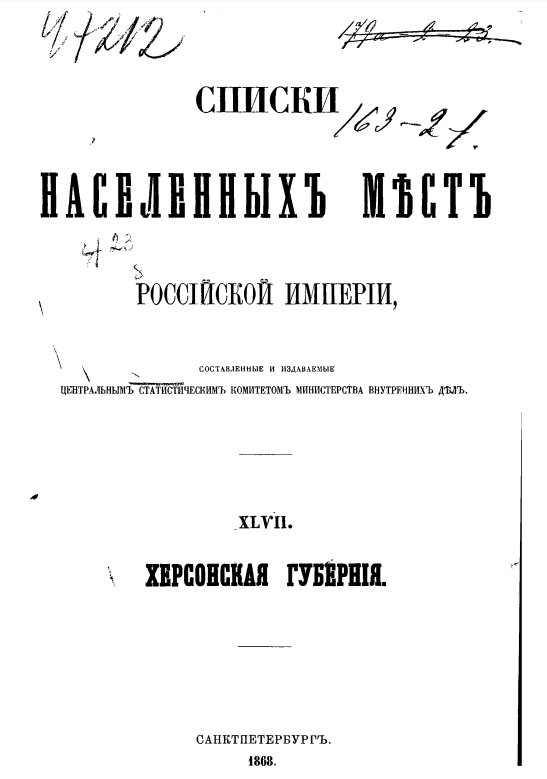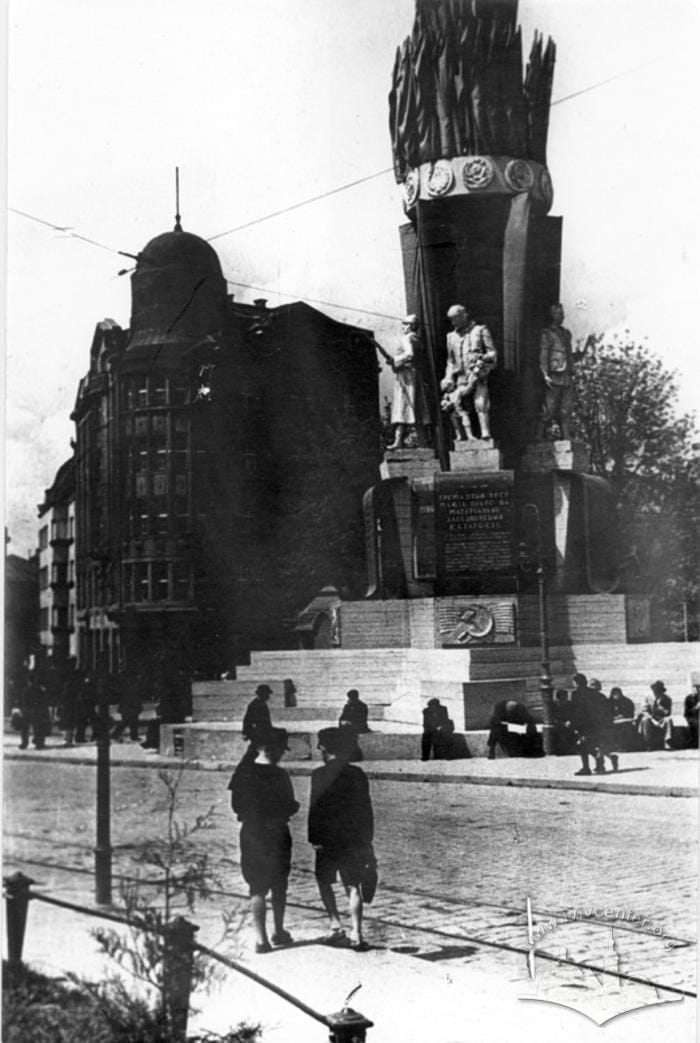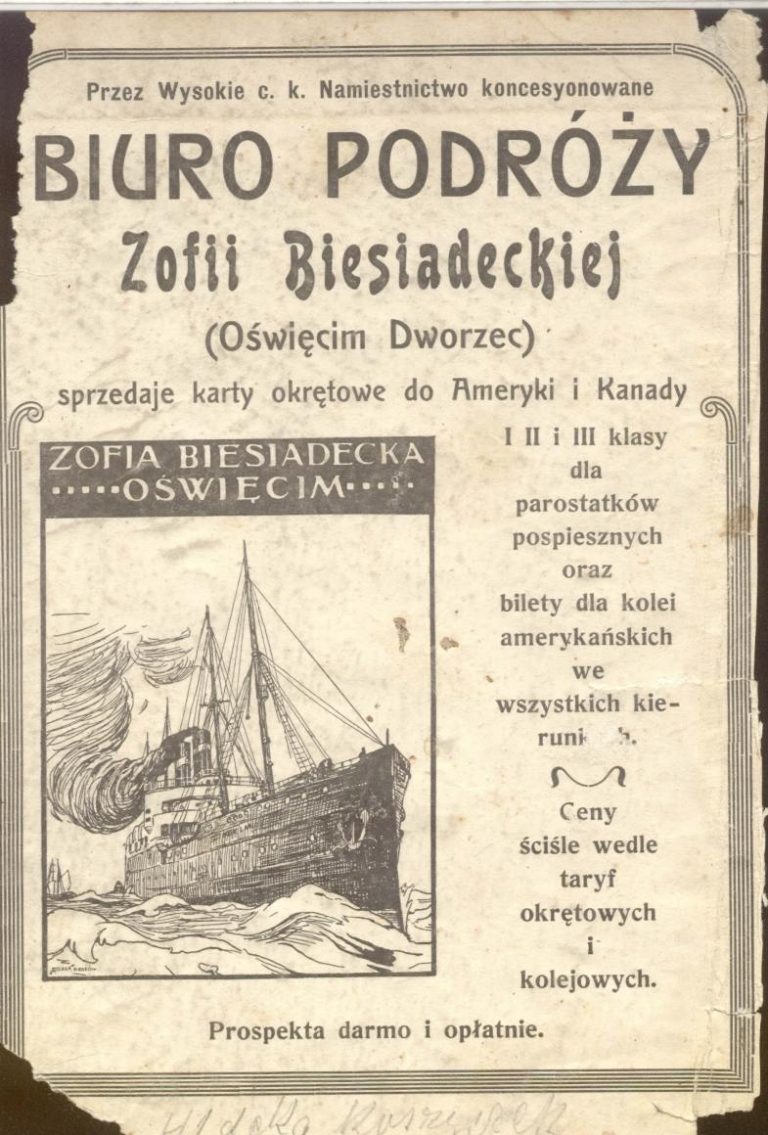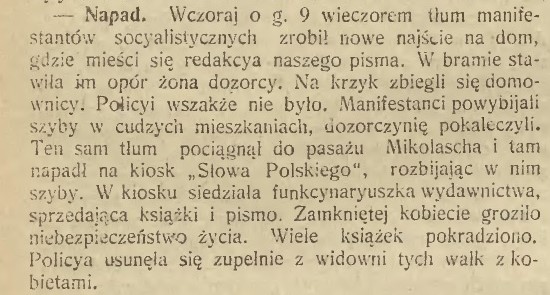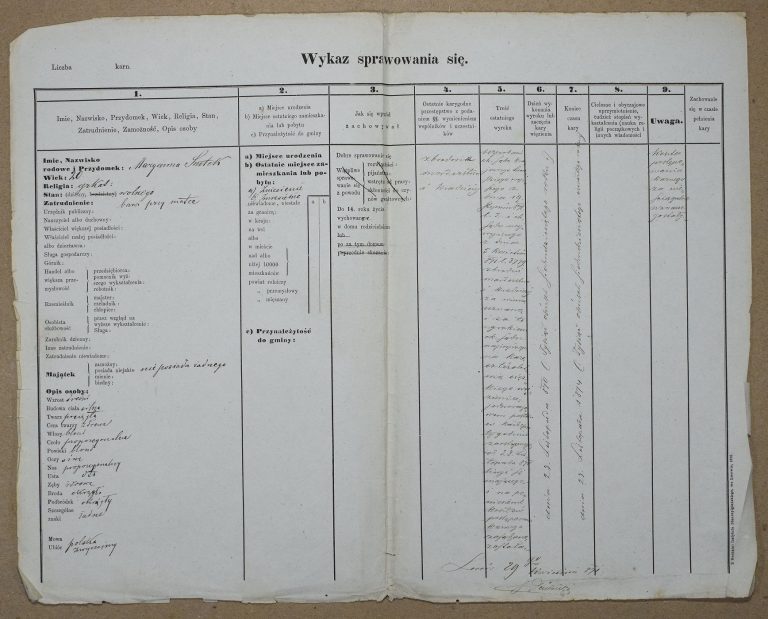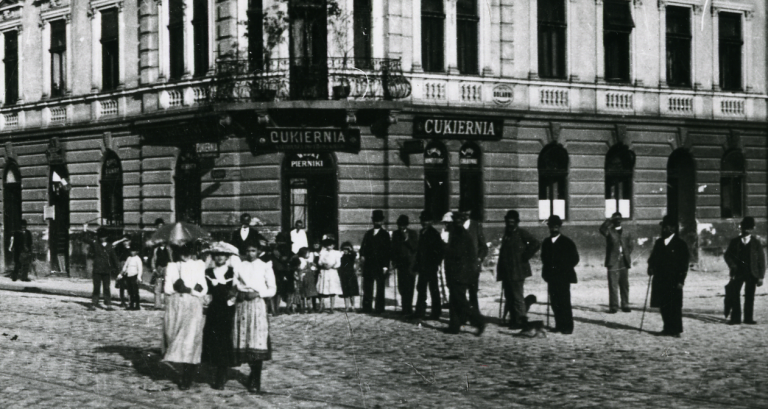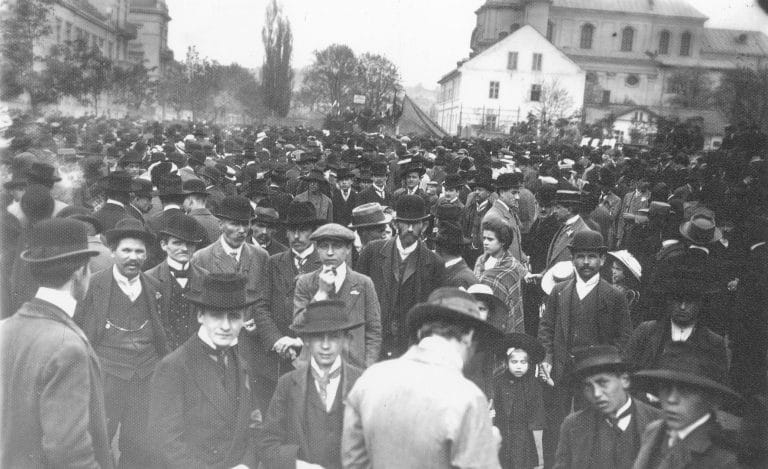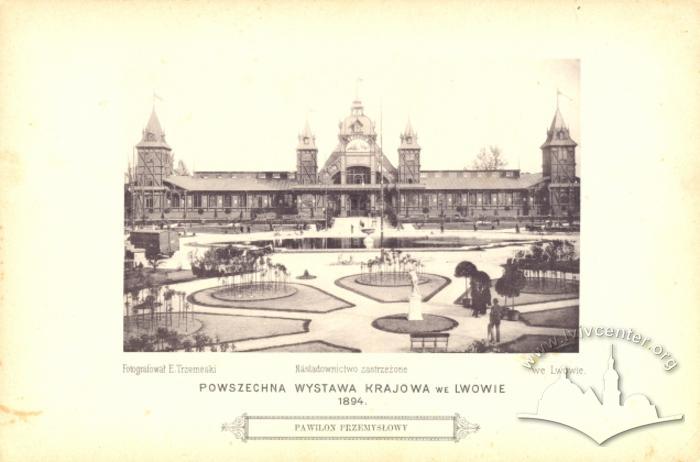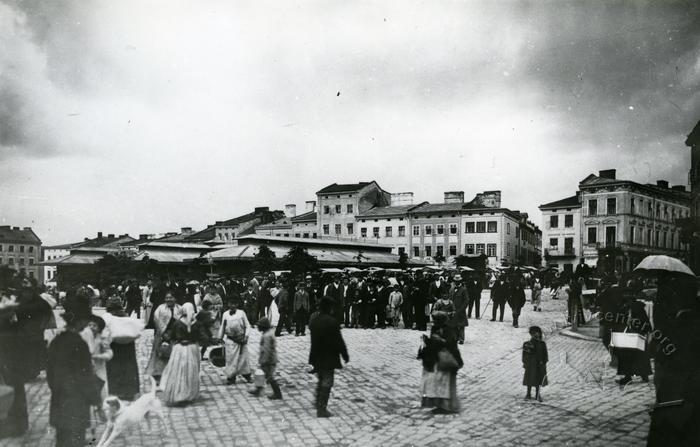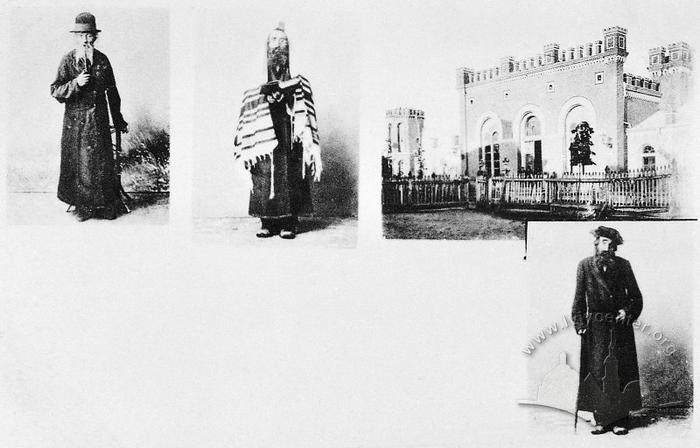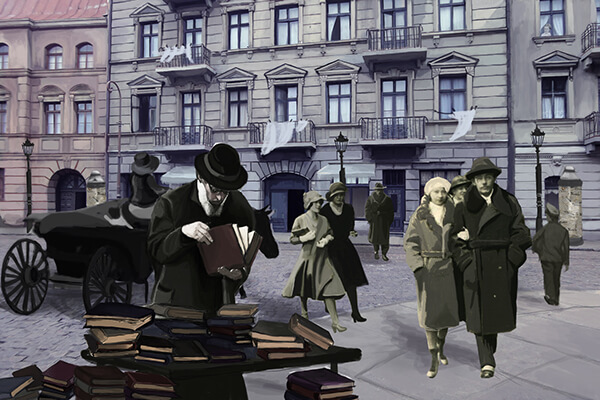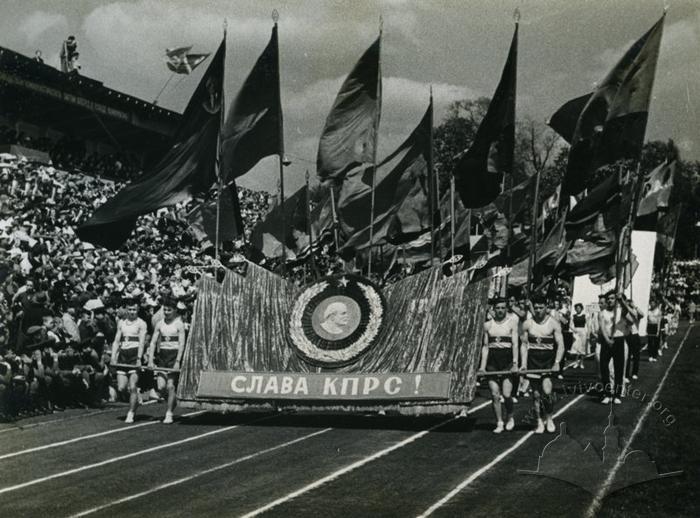Empires
Empires – structures that link and incorporate peoples and territories in unequal relationships of power and which rely on subjugation — have shaped much of human history from the ancient world to the present. Studying empires can help reveal how imperialist ideology and practices developed over time and how they impacted the subjects of imperial rule. Empires produced complex political, cultural, and economic infrastructure, and East-Central European nations often evolved within, or contrary to, empires’ structure. Our Educational Platform offers materials that help to characterize imperialism in the region and the peculiarity of power, including its political, economic, cultural, and social facets. The collection presents a variety of lived experiences that were brought on by these imperial structures. We focus on relations between metropolises and colonies, nations and nationalism, imperial cities, colonialism, and postcolonial heritage.
Primary Sources
